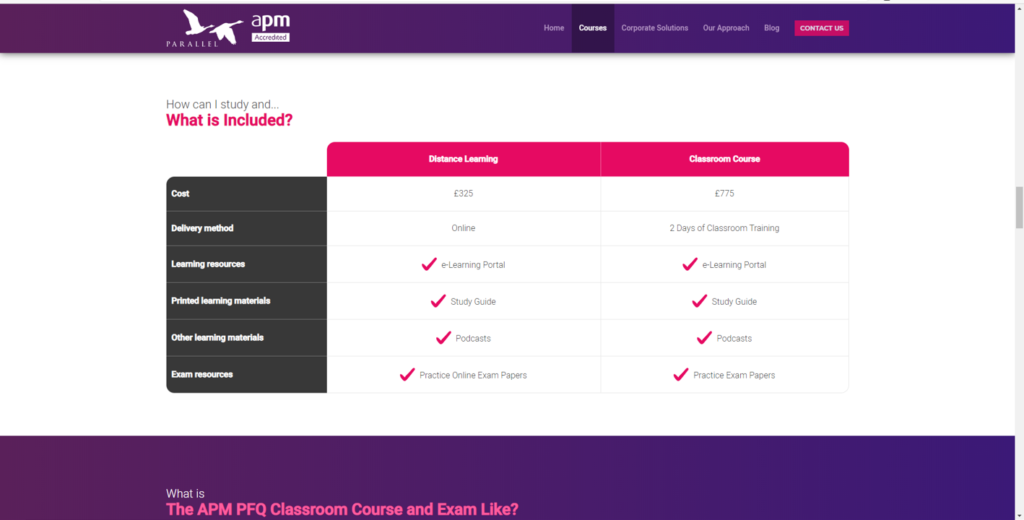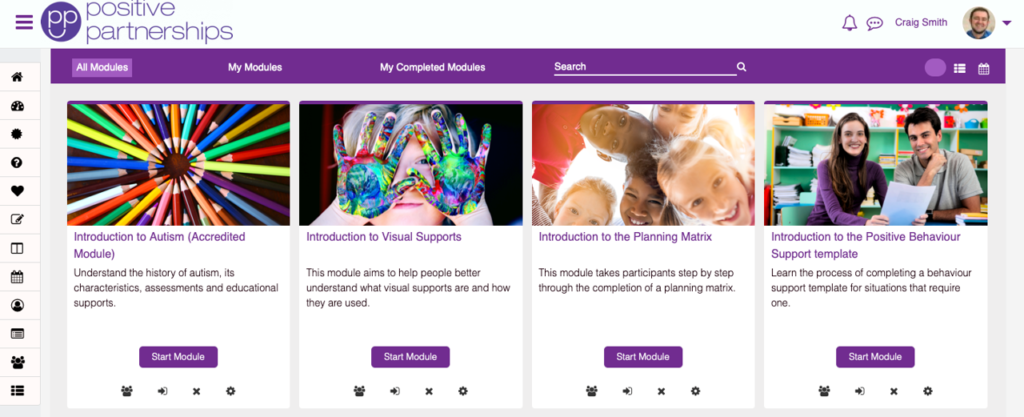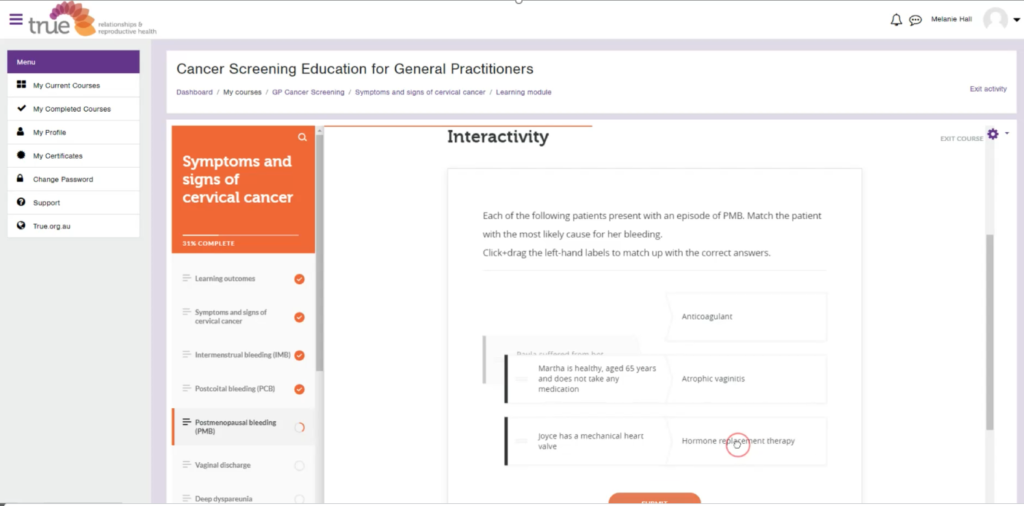Three training providers share blended learning examples from their most successful courses. From face-to-face courses with complementary eLearning modules. To an equal combination of both. To an eLearning-based course composed of podcasts, surveys, quizzes and online evaluations, complemented by a short webinar session.
A rise in learning through technology – from Google, to YouTube and online news – has helped carve the way for blended learning. The COVID-19 pandemic has helped steer everyone down the path. Now, training providers are setting long-term blended learning strategies in stone.
This growth in popularity of blended learning should come as no surprise. Undoubtedly, blended learning allows training businesses to scale their training to global audiences while at the same time decreasing costs and the reliance on instructor availability. In addition to this, it improves the quality of their courses and improves learning outcomes.
While face-to-face, classroom-based training works well for many learners, live online training makes the course more accessible. While face-to-face has traditionally been the most engaging form of training, using online modules that include gamification, such as a quiz or interactive video, can help make a boring subject more interesting. While connecting with others in a classroom environment has been proven to increase learning outcomes, so has connection with others through online forums and groups, as well as creating a space for continuous learning at the same time.
Blended learning involves taking these many different methods of delivery and then blending them together to create a more comprehensive course that caters to all types of learning styles. It sounds relatively straight-forward in theory. But in practice, the biggest challenge with blended learning lies in creating a course where each component is necessary and complementary, and is delivered in the most effective way.
Here are three blended learning examples that show the individual components of the course, the delivery method and the sequence in which they’re delivered. Use these examples as inspiration, guides, or templates to create successful blended learning courses for your own training organization.
Blended Learning Examples
Basic Blended Learning Course
Parallel Project Training’s APM PFQ Course is an example of a basic blended learning course, with a significant face-to-face or webinar component and minimal components of eLearning. The course is focused around a 2-day face-to-face/live online workshop that is complemented by podcasts, on-demand videos and quizzes.
- Pre-course survey. Once attendees have registered for the course online, they automatically get access to the Moodle eLearning portal to complete a pre-course survey.
- Printed Study Guide. A printed study guide is sent to attendees in the post, which is a printed replica of all course material including that in the eLearning modules.
- eLearning Modules. Complete section 1-8 in the eLearning portal. Attendees have a choice of listening to a podcast, watching an on-demand video, or studying the content in their printed study guide, depending on what best suits their learning style.
- Quizzes. Each of the 8 eLearning modules are followed by a quiz at the end, to test knowledge retention and prepare attendees for the formal exam.
- 2-day course. Attendees participate in a 2-day course, with the option of a live online webinar or face-to-face delivery.
- Mock exam. Attendees complete a mock exam in the eLearning portal, which is automatically marked by the system to give them instant results. Attendees can take this practice exam as many times as they like.
- Exam. Attendees sit a real exam in a classroom. During Covid-19, this was converted to an online exam using remote proctor software.

Moderate Blended Learning Course
Positive Partnership’s 2-Day Parent/Teacher Workshop is an example of a moderate blended learning course, with an even mix of face-to-face or webinar with eLearning. The course is an equal combination of face-to-face/live online, SCORM modules and quizzes.
- eLearning modules. Attendees complete 4x 1hr eLearning SCORM modules in Learnbook.
- 2-day workshop. Attendees participate in a 2-day face-to-face workshop.
- eLearning modules. Complete 6x 45 minute eLearning post-workshops tasks in Learnbook.
- Quizzes. Each of the 6 eLearning modules are followed by a quiz at the end, to test knowledge retention and prepare attendees for the formal exam.
- Resource library. At the end of the course, attendees can continue to access the resource library for more information and tools.

Immersive Blended Learning Course
True’s Cancer Screening Education For General Practitioners is an example of an immersive blended learning course, with significant eLearning components complemented by short face-to-face or webinar. It is an eLearning-based course composed of podcasts, surveys, quizzes and online evaluations, complemented by a short 30min face-to-face or webinar session.
- Introductory session. A predisposing activity and quiz in Learnbook on Australia’s National Cancer Screening Programs.
- Webinar. 1x 30min in-depth face-to-face or Zoom webinar session focused on cervical cancer and symptoms.
- eLearning modules. Complete 10x 30min eLearning modules in Learnbook on various topics, including ‘Symptoms and Signs of Cervical Cancer’. Each are followed by an evaluation.
- Podcast. Listen to 1x 1hr podcast in Learnbook on breast screening.
- Online hub. Attendees then get access to an online hub full of tools and resources to further extend their learning journey.
- Online forum. Attendees then get access to an online, anonymous forum where they can ask questions directly to True’s expert clinicians and chat to their peers.
- Activity and evaluation. Attendees complete a knowledge-reinforcing online activity, followed by an evaluation. Upon completion they are awarded their accreditation certificate.

Further reading:
- Blended learning definition
- Blended learning approaches
- Blended learning strategy
- Blended learning solution
Want to learn more?
Check out the Ultimate Guide to Blended Learning.